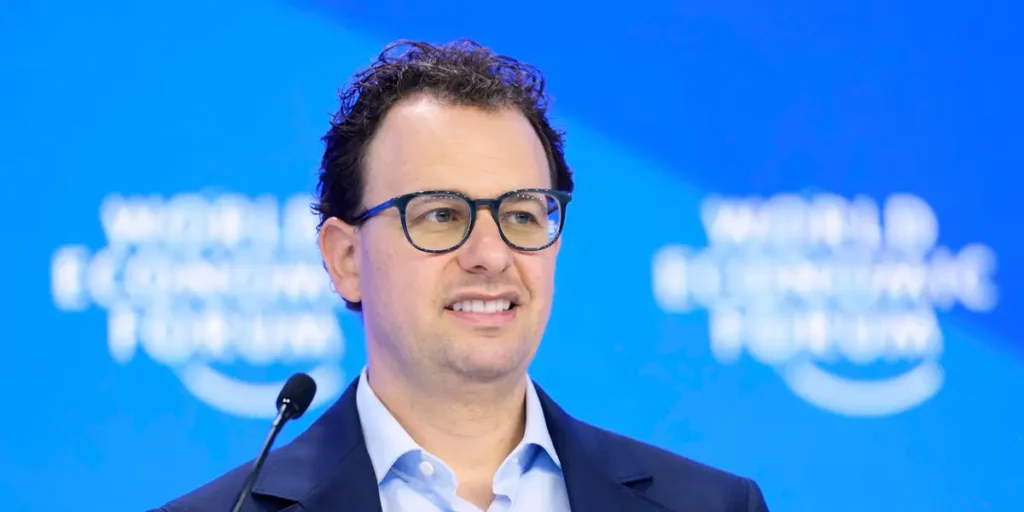Ever thought about leading your team with long essays on Slack?
At Anthropic, CEO Dario Amodei “frequently” uses this communication tactic to spark extensive written debates that shape Anthropic’s culture and strategy, according to Sholto Douglas, a Member of the Technical Staff at the AI firm.
“Dario has a really, really cool communication style,” Douglas told “TBPN” on Monday. “He quite frequently puts out these very, very well-reasoned essays. And then throughout Slack, we’ll have giant essay-length debates with people about Anthropic.”
The essays, Douglas said, don’t just guide Anthropic’s current decision-making — they also serve as a living record of the company’s evolution.
“The essays are really nice because you can go back and read all the past ones, and it tells the history of Anthropic,” he said. “In many respects, it will be one of the better things, a decade from now, to chart the history of AGI. We’ll be reading this compendium of essays.”
Amodei’s habit of turning strategic discussions into written debates means Anthropic employees can see the reasoning behind major calls — and even challenge them directly.
“Whenever we’re debating different things, he will lay out the pros and cons and how he’s thinking about them, and you know why this one’s a tension or why that one’s a moral struggle,” Douglas said. “People will write back big essays on why they think we should do X or Y, and he’ll respond. It’s quite a joy.”
While “very recent,” he added that this written-first approach gives Anthropic “a coherent sense of direction across the entire company,” because “many people — or really the entire company — have a good model of how he’s thinking.”
The essay-driven culture, Douglas suggested, has become part of Anthropic’s identity — a slower, more reflective counterpoint to Silicon Valley’s often chaotic meeting culture.
Chance Yeh/Getty Images for HubSpot
A risky but bold model of leadership communication
Leadership analysts told Business Insider that Amodei’s written-first approach offers rare transparency but risks slowing decision-making.
André Spicer, professor of organizational behavior at City, St George’s, University of London, said that “leadership by essay has some upsides — it forces more careful deliberative thinking on the part of the leader and follower.”
But, he warned, it can “act as a distraction from action” and “create a wider culture of analysis paralysis.”
Written exchanges, he added, might “ignore practical realities,” yet they encourage broader thinking.
Cary Cooper, a professor of organizational psychology and health at the University of Manchester’s Business School, viewed the practice as potentially distancing.
“This seems to be a less confrontational approach by the CEO rather than a face-to-face dialogue,” he said.
While it might reduce friction, he warned it could be seen internally as “an ‘avoidance approach’ rather than a dialogue.”
Cooper said CEOs should still show their leadership through in-person town halls and live-streamed discussions.
By contrast, Grace Lordan, founding director of the Inclusion Initiative and associate professor at the London School of Economics, saw promise in the method.
She said it shows “a commitment to intellectual rigor and traceability,” while promoting transparency and giving staff “a clear record” of leadership decisions.
Still, she said, “writing takes more time upfront” and can “risk excluding people who communicate better verbally than in text.”
The best leaders, she added, combine “written pre-work for clarity and preparation” with “focused live meetings to pressure-test assumptions” and “concise written follow-ups” that document decisions and next steps.
Anthropic didn’t immediately respond to a request for comment from Business Insider.


